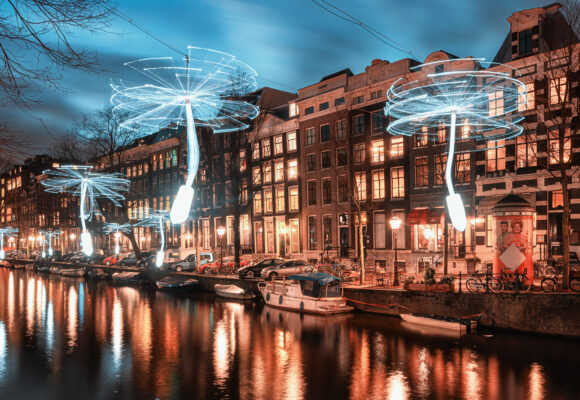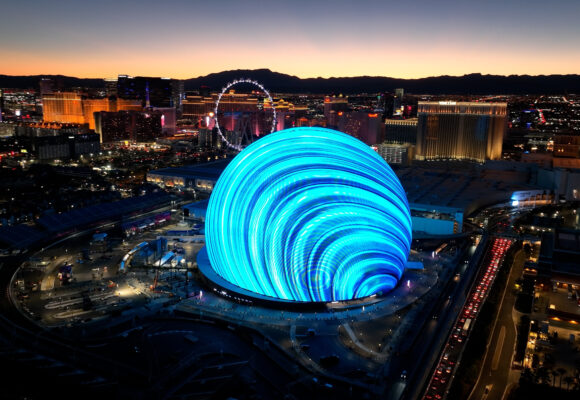Industrial interior design draws inspiration from the raw, utilitarian aesthetic of factories and warehouses, combining rugged materials with sleek finishes to create a unique and edgy style. Lighting plays a crucial role in industrial interiors, illuminating the space while adding to its overall ambiance and character. Various lighting types are used to evoke the industrial look, from exposed bulbs and metal fixtures to salvaged materials and vintage-inspired designs.
Industrial Lighting
One prominent lighting type in industrial interior design is pendant lighting. Pendant fixtures feature bold, industrial-inspired designs with metal shades, wire cages, or exposed bulbs that add a touch of vintage charm to the space. These fixtures are often hung in clusters or rows over kitchen islands, dining tables, or work areas, providing focused task lighting while serving as eye-catching focal points in the room.
Another common lighting type in industrial interiors is track lighting. Track fixtures feature adjustable heads mounted on a linear track, allowing for flexibility in directing light where it’s needed most. Track lighting is often used to highlight architectural features, artwork, or industrial elements such as exposed ductwork or brick walls, adding depth and visual interest to the space.
Industrial Colours
In terms of colours, industrial interior design typically features a palette of neutral tones with pops of industrial-inspired hues. Shades of gray, black, white, and brown create a sense of depth and contrast, while accent colours such as rust, copper, and oxidized green add warmth and character to the space. These colours are often complemented by metallic finishes such as brushed nickel, matte black, or aged brass, which further enhance the industrial aesthetic.
Industrial Materials & Textures
Materials and textures play a significant role in industrial interior design, with an emphasis on raw, unfinished materials that celebrate their natural beauty and imperfections. Common materials include exposed brick, concrete, metal, and reclaimed wood, which are often left untreated or weathered to add texture and character to the space. Fabrics in industrial interiors tend to be durable and utilitarian, with an emphasis on natural fibers such as canvas, denim, and leather, which add warmth and tactile appeal to the space.
Overall, industrial interior design embraces the rugged, utilitarian aesthetic of factories and warehouses, with lighting serving as a key element in creating the desired ambiance and character. By incorporating a variety of lighting types, colours, materials, and fabrics, industrial interiors achieve a distinctive look that is both stylish and functional, paying homage to the rich history of industrial architecture and design.




 No products in the basket.
No products in the basket. 
